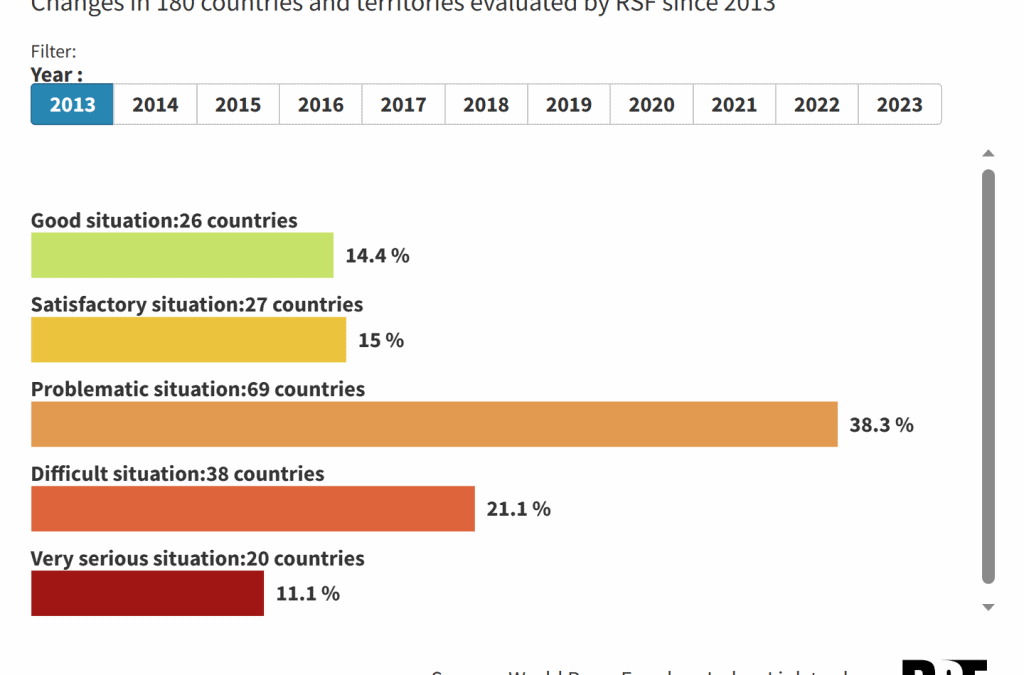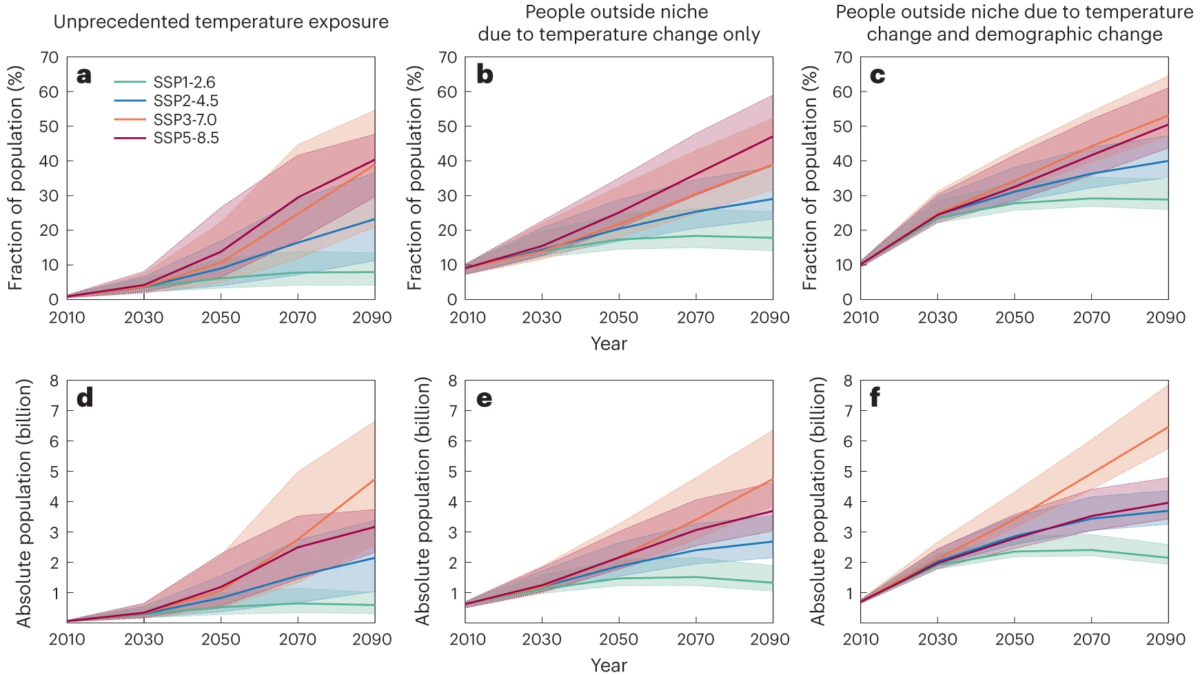Humans converted at least 250,000 acres of estuaries to cities, farms in last 35 years

WASHINGTON, 9 April 2024 (AGU) – Worldwide over the past 35 years, dams and land reclamation activities converted 250,000 acres of estuary — an area roughly 17 times the size of Manhattan — to urban land or agricultural fields, with most land conversion and estuary loss in rapidly developing countries, a new study finds. The findings could help developing countries avoid problems faced by countries that have already lost or degraded their estuaries.
Estuaries — wetland ecosystems where freshwater rivers meet saline ocean waters — are gateways connecting land and sea. They provide habitat for wildlife, sequester carbon, and serve as hubs for transport and shipping. People have been molding estuaries to fit their needs for thousands of years, and now, some countries are paying the price. Estuary degradation and loss can lower water quality, shrink and fragment critical habitats and remove coastlines’ protection from storms.
“Estuary change is really interesting, especially in 20th century, because estuaries have been altered by humans by the construction of estuarine dams and land reclamation,” said Guan-hong Lee, a geoscientist at Inha University in South Korea who led the study. “When estuaries are modified by humans, the consequences for land loss are surprisingly huge.”
Many developed countries, such as the Netherlands and Germany, have already modified or lost large areas of urban estuaries. Countries with significant modifications to their estuaries could serve as a warning of sorts for developing countries, and acting soon to conserve estuaries is an opportunity to protect developing countries’ environmental and economic benefits, Lee said.
The study was published in the AGU journal Earth’s Future, which publishes interdisciplinary research on the past, present and future of our planet and its inhabitants.

Estuary loss for urban gain
Using Landsat remote sensing data from 1984 to 2019, the researchers identified 2,396 estuaries around the world that were large enough to measure with satellite imagery (those with mouths wider than 90 meters, or 295 feet). Nearly half (47%) of these large estuaries are in Asia; the dataset includes estuaries on all major land masses except Antarctica and Greenland. They also identified land-use changes, including land conversion and dam building.
The team then measured the change in estuarine surface area and compared those changes to where land reclamation and dam building had occurred.
For the studied estuaries, between 1984 and 2019 humans converted 1,027 square kilometers (397 square miles, or 250,000 acres) of estuary to urban or agricultural lands in a process called land reclamation, the study found. Land reclamation, which can include drying land and adding sediment to build land, accounted for 20% of estuary loss. Globally, humans altered 44% of the estuaries with dams and/or land reclamation, the study found.
Economics of estuary development
To explore the relationship between estuary gain or loss and economic development, the researchers compared countries’ gross income per capita to land reclamation and estuary area. They also analyzed historical maps of high-income countries to find evidence of earlier estuary alteration and included 8 case studies of low-, middle-, and high-income countries’ estuary loss.
Middle-income countries lost the most estuarine area during the study period, and almost 90% of all land reclamation (921 square kilometers, or 356 square miles) occurred there, too. “As a country is transitioning to middle-income, they tend to increase development,” Lee said.
High-income countries lost little estuary area over the study period. In most cases, that’s because estuary alteration occurred decades earlier when they were in developing, middle-income statuses, Lee said. In those countries today, the focus has moved from development to environmental conservation efforts — attempts to undo the environmental damage that estuarine development caused.
The findings highlight the opportunities developing countries have to minimize the negative environmental and economic impacts of degraded estuaries while balancing their own economic and development needs, Lee said.
Contact
- Rebecca Dzombak, news@agu.org (UTC-4 hours)
- Guan-hong Lee, Inha University, ghlee@inha.ac.kr (UTC+9)
Humans converted at least 250,000 acres of estuaries to cities, farms in last 35 years


